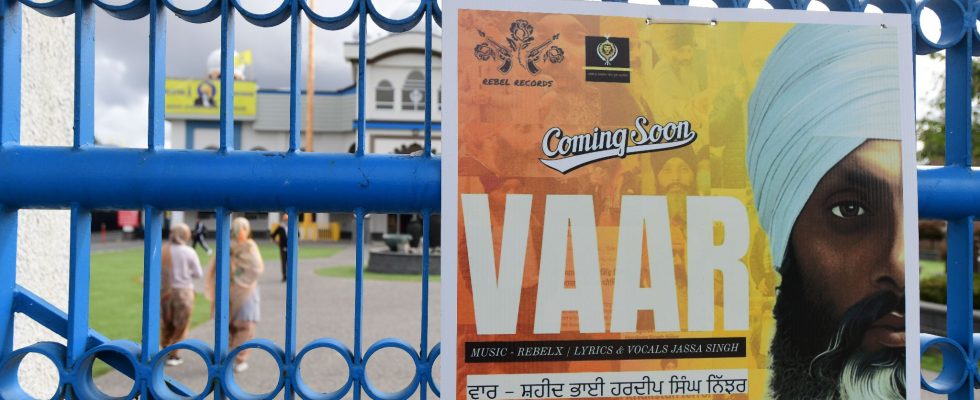The accusations had the effect of a bombshell. On September 18, Canadian Prime Minister Justin Trudeau said that New Delhi could be involved in the assassination, last June, of a Canadian citizen in the suburbs of Vancouver. Not just any citizen: Hardeep Singh Nijjar, 45, was the leader of the Sikh community in Canada. Two individuals on a motorcycle shot him dead in front of a temple. The man emigrated to Canada in 1997 and campaigned for the creation of an independent Sikh state, Khalistan, within the borders of what is now Punjab, a region located in northern India. He was wanted by Indian authorities who accused him of terrorism and conspiracy to commit murder.
Since this diplomatic clash, the two countries have been engaged in an escalation of reprisals. After the expulsion of a diplomat from each side, Canada announced that it would reduce the size of its diplomatic mission in New Delhi, to which India intends to respond according to the same logic. Furthermore, India no longer processes visa applications in Canada.
Bloody violence of the past
New Delhi flatly denies the Canadian allegations, saying they were only intended to “divert attention from Khalistani terrorists and extremists [NDLR : en référence aux indépendantistes sikhs] who have taken refuge in Canada and continue to threaten the sovereignty and territorial integrity of India.
Sikh independence is a highly sensitive subject for New Delhi, which considers it a serious threat to its national security. “The history of the movement makes it a highly flammable issue in India,” says Sameer Patil, a security specialist at the Observer Research Foundation, an Indian think tank. “The country wants at all costs to avoid a repeat of the bloody violence the past.”
The movement for Khalistan, which means “land of the pure”, took the form of an armed insurrection, particularly active in the 1970s and 1980s. At the time, it was particularly prevalent in Punjab where Sikhs – 1.7 % of Indian population – are the majority. In the name of independence, separatists kill dozens of political opponents but also civilians. The Indian government’s violent repression also leaves thousands dead. The total number of victims of this conflict is estimated at 20,000.
The assassination of Indira Gandhi
The bloodiest episode, in June 1984, still haunts the country. While separatists occupy the Golden Temple of Amritsar, a major religious site of Sikhism located in Punjab, the Indian armed forces attack. Operation “Blue Star” was a bloodbath: it left 400 dead according to the authorities, but Sikh groups speak of several thousand victims. In October of the same year, Indira Gandhi, the Prime Minister, was assassinated by two of her Sikh bodyguards. Terrible riots ensued in the country. Sikh extremists based in Canada are also accused of being responsible for the 1985 bombing of an Air India flight that killed more than 300 people.
Today, the movement for Khalistan finds particular resonance within the Sikh diaspora. Canada is home to the largest community of these believers in the world outside the borders of India. And the question of independence has poisoned relations between New Delhi and Canada for a long time. The South Asian giant accuses Justin Trudeau’s government of turning a blind eye to the actions of extremists who are trying to relaunch the fight. A sign of the brewing crisis, negotiations for a free trade agreement between the two countries had recently been suspended.
The United States, which has initiated a rapprochement with India, seen as a counterweight to China, finds itself in a delicate position. “If the other countries of the Five Eyes alliance [NDLR : un réseau de partage de renseignement entre les Etats-Unis, l’Australie, le Canada, la Nouvelle-Zélande et le Royaume-Uni] take these accusations of assassination very seriously, they have not yet reacted vehemently towards India which is an important geopolitical partner and a major market”, underlines Sameer Patil. Between Beijing and New Delhi, the followers of Realpolitik have made their choice.
